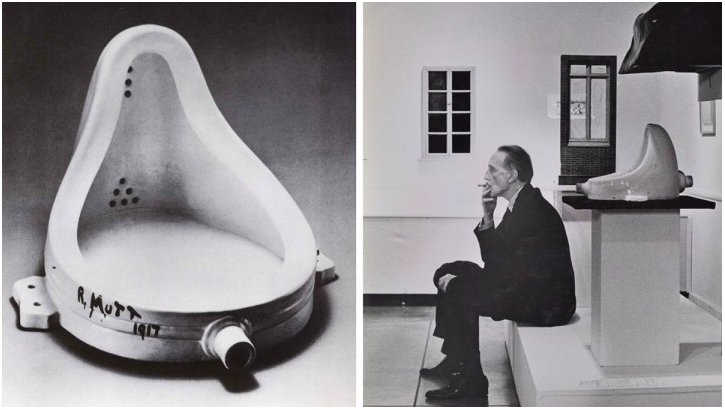
I have always been fascinated by the special type of intuition and wisdom that I encounter in engineers more often than I could imagine. Because, stereotypically engineers are analytical and technical problem solvers, designing solutions for very practical and functional issues. And, you wouldn’t necessarily attribute intuition, wisdom, creativity to engineers without first attributing these qualities to artists.
Creativity is about the ability to generate new ideas or concepts, to think outside the box, and to approach problems with an open mind.
While engineers may not be known for their artistic talents, they do possess a unique type of creativity that is grounded in science, mathematics and data.
I’ve given this a bit of a thought to figure out the skills and qualities the engineers and artists have in common that makes them creative, intuitive and wise, hoping to find some science based evidence to it and here is what I came up with.
Starting from the obvious ones, both engineers and artists are great problem solvers and these are often problems that are quite complex with limited resources and time constraints. Whether it’s a piece of art or a piece of code they create, oftentimes both artists and engineers have to think outside every possible box and come up with innovative solutions that will make the code function efficiently and artwork appeal to general public.
We as users and viewers only get to experience the result through a perfectly functioning product or a beautifully composed piece, both of which have been intricately designed, thought through and created.
I find the highest forms of innovation are the ones that make a space into your life organically, silently and effortlessly. Whether it’s perfectly functionally tech products or a beautiful piece of art, you just get to enjoy it without necessarily realizing every possible problem that was solved before getting to you.
The other thing that artists and engineers have in common is the iterative process of work. Both visual artists and engineers constantly refine and improve their works. This means that they sometimes tend to create multiple versions or prototypes, test them, and make changes based on the results and feedback and so do artists. The idea turns into a sketch, then makes its way to the canvas and gets bombarded with colours, shapes and forms until it becomes what it’s supposed to become. And then it makes it to the wall for us to enjoy. From, my personal experience, the iteration can be a never ending process. My father – artist, tends to take some of his own artworks off the walls to change something or everything, almost all times. I believe the same is true for codes.
The other common trait in artists and engineers is the attention to details, or as I like to call it- being observant. Engineers are required to pay attention to the smallest details in order to ensure the efficiency of their product. This requires a deep understanding of the systems they are working within, ability to analyse data, identify specific patterns in the data, anticipate potential problems and develop back-up plans to mitigate those problems.
Being observant and seeing patterns is probably the most crucial trait any artist has. Visual artists are keen observers of the world around them, because they are in the constant process of drawing inspiration from everyday life and experiences.
I find that the pattern of this process is the same for both artists and engineers, whether it’s data or colours, both artists and engineers deep-dive into the same processes to create their master pieces.
Artists are notoriously experimental in their approach to work. Notoriously, because it’s not always accepted or taken seriously by society. And so are engineers. Both groups are constantly looking for new ways to push the boundaries of what is possible in their respective fields.
Engineers are super experimental, they take risks, learn from their mistakes, improve their problem-solving related decisions. Artists are not afraid to take risks and experiment with new materials, techniques, or ideas in order to create something truly unique and innovative pushing the boundaries of what is considered “normal” in their field. Engineers, on the other hand, experiment with new technologies in order to create more efficient solutions to complex problems. But ultimately, the experimental nature of both artists and engineers allows them to stay at the forefront of their fields, constantly evolving and improving their work in exciting and unexpected ways.